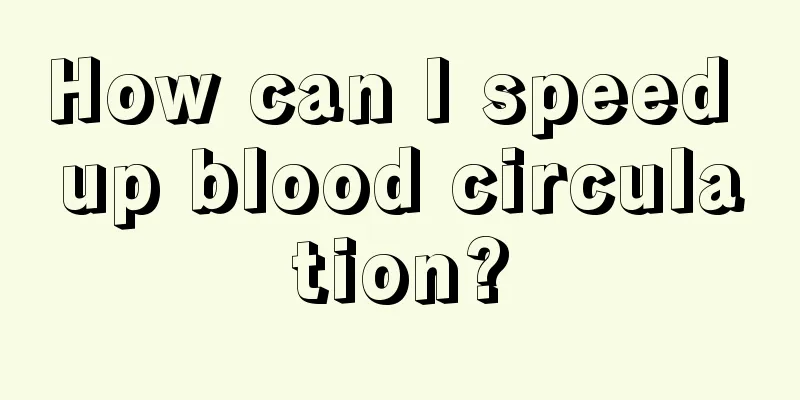What are the main effects of blood therapy?

|
Many people don’t know much about the treatment methods for some diseases. For example, blood therapy is a very common method of treating diseases. This method of treating diseases is relatively good and can increase the body’s immunity. Therefore, it is also a method of treating diseases adopted by many hospitals or doctors. So how much do you know about some basic knowledge about blood therapy? Let us take a look at some knowledge about this therapy today. 1. Whole blood therapy It means drawing 5 to 10 ml of blood from the patient's vein (without adding anticoagulants or drugs) and then injecting it directly into the deep muscles of the patient's buttocks. 1 to 2 times a week, generally 10 times constitute a course of treatment. 2. Hemolytic therapy Use a syringe with a specification of 10 ml or more to first draw 5 ml of normal saline for injection, then draw 5 ml of venous blood as above, gently shake well to mix the injection water and venous blood. After 2 to 3 minutes, the blood cells will be dissolved, and intramuscular injection can be performed when the mixed solution becomes transparent. 2 to 3 times a week, 10 times as a course of treatment. The above-mentioned autohemotherapy can be used as an auxiliary method for treating skin diseases. If it is effective, you can continue to inject for several courses according to the condition to consolidate the therapeutic effect. 3. Main Functions 1. Improve the function of the immune system and enhance the body's immunity. 2. Reduce blood sugar viscosity and adjust lipid metabolism. 3. Dilate small blood vessels and improve microcirculation. 4. Improve cell vitality and body metabolism. 5. Remove free radicals from molecules in the body and enhance the antioxidant capacity of cells. Efficacy: Balance yin and yang, regulate qi and blood. IV. Indications Rheumatism, rheumatoid arthritis, psoriasis, vitiligo, chronic urticaria, generalized pruritus, generalized eczema and dermatitis, allergic purpura, certain chronic diseases, recurrent furunculosis and folliculitis, juvenile acne, etc. |
<<: Can pathological jaundice be cured?
>>: What are the symptoms of candidal infection?
Recommend
Help you recognize the various manifestations of fibroids
It is important to understand the common symptoms...
Use of microwave oven
Speaking of microwave ovens, they have many funct...
How long can an 85-year-old with sigmoid colon cancer live
The survival time of sigmoid colon cancer varies ...
How long can you live after thyroid cancer surgery? The answer is really incredible
Malignant thyroid tumors are actually what people...
What is the practical significance of the relationship between palm fingerprints and genetic diseases?
The lines on the palm are also called dermatoglyp...
The main methods for diagnosing colon cancer
Once the early symptoms of the disease appear, yo...
Symptoms and manifestations of rectal cancer
Rectal cancer may cause symptoms such as diarrhea...
How long does it take to thaw steak
Steak is a very delicious Western food. After it ...
How much does brain cancer surgery usually cost?
How much does brain cancer surgery usually cost? ...
What to do if finger joints are swollen
The symptoms of swollen finger joints vary depend...
What medicine can cure hamartoma
What medicine can cure hamartoma? Hamartoma is a ...
The symptoms of ankle ligament rupture turned out to be like this
Ankle ligament rupture is a common sports injury ...
What are the types of colon cancer
Colon cancer is a common malignant tumor of the d...
How to relieve fatigue most effectively
When working under long hours, everyone's min...
The benefits of drinking rice pocket soaked in water
I wonder if you have ever heard of the name Mikou...









